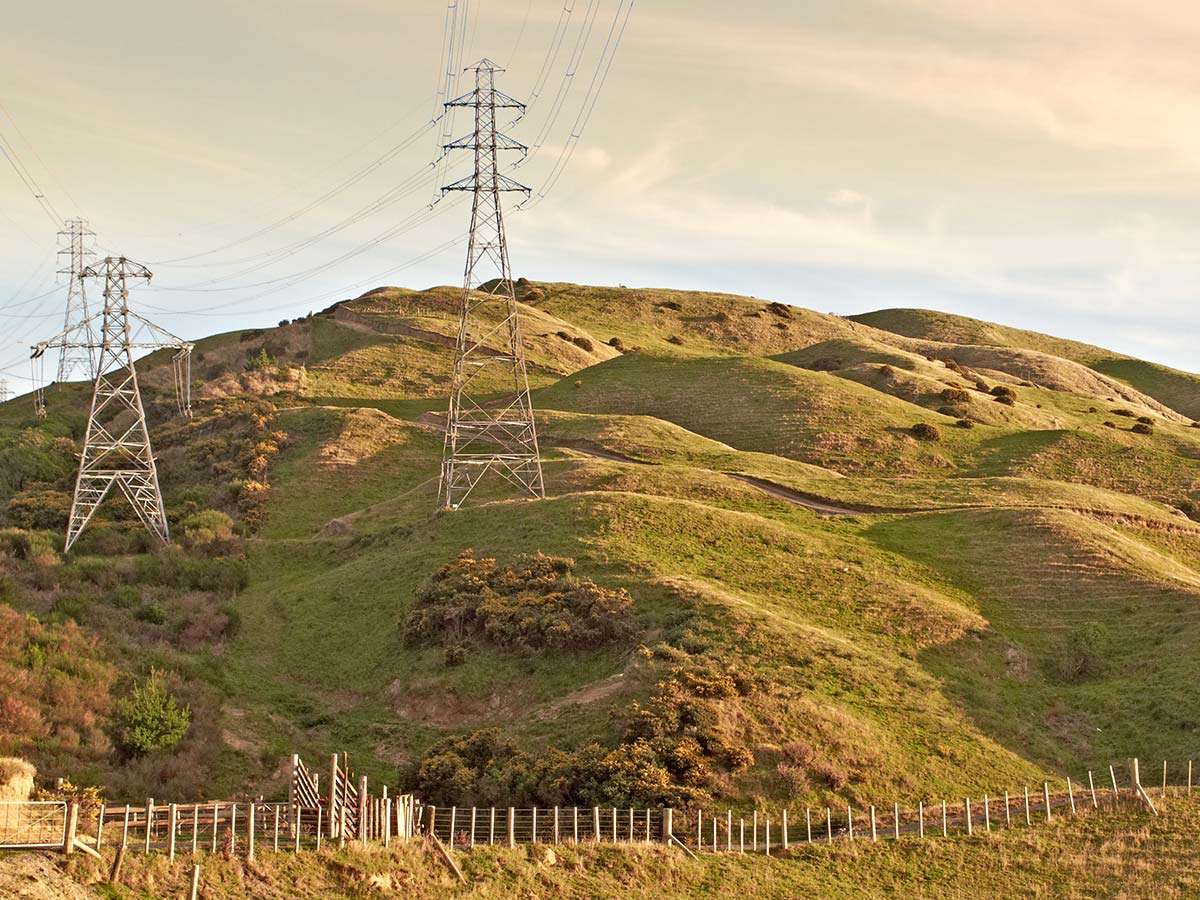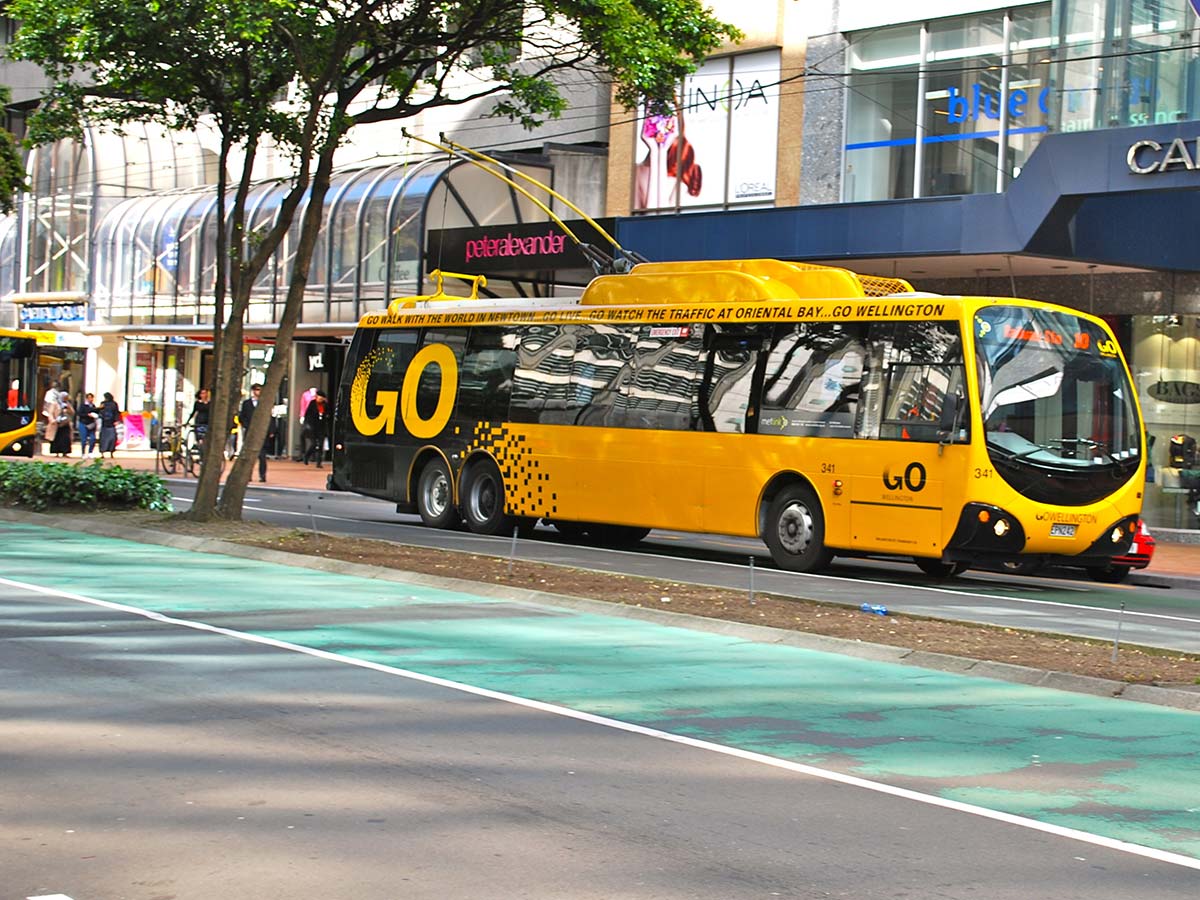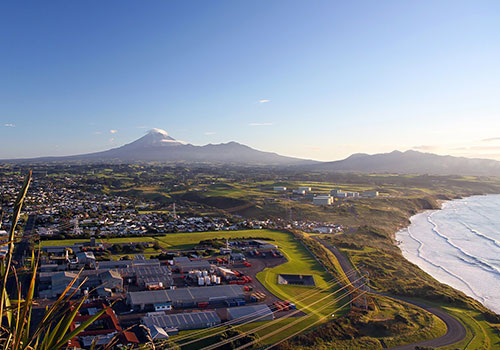New Zealand in Action
- In this section:
There are three main ways New Zealand is responding to climate change - an emissions trading scheme and emissions reduction goals, renewable energy maximisation, and energy efficiency programmes and targets. These responses will be key to achieving our commitments under the Paris Agreement.
New Zealand's emission and renewables commitments
As part of the 2015 Paris agreement New Zealand has pledged to reduce greenhouse gas emissions to 30% below 2005 levels by 2030, and has also set a goal of reaching net zero emissions by 2050.

What is New Zealand's emissions trading scheme and how does it work?
1
The Emissions Trading Scheme (ETS) aims to reduce New Zealand’s greenhouse gas emissions and transition to a low carbon economy.
The ETS puts a price on carbon emissions, providing an incentive for people to reduce emissions and plant forests to absorb carbon dioxide.
Certain sectors, including the oil and gas industry, are required to purchase 'New Zealand units' to offset their emissions.
An emission unit is one metric tonne of carbon dioxide, or the equivalent of any other greenhouse gas, therefore making businesses pay for their greenhouse gas emissions. This encourages them to reduce emissions through changing their practices or investing in new technology. This is why putting a price on emissions is widely recognised around the world as the best way to lower emissions at least cost.
Forestry owners can sell New Zealand units to emitters, because trees absorb carbon. The price of these New Zealand units is set by the market. This should result in increased incentives to plant forestry.
The ETS now has a 'cap' which is maximum total allowable amount of emissions allowed.

New Zealand has a proud record of renewable energy generation
2
The proportion of New Zealand’s primary energy supply that came from renewable resources is around 40%, one of the highest ratios in the world.
Most of New Zealand’s renewable energy is used for electricity generation. In 2020, a total of 80% of electricity generation came from renewable resources, increasing from 75.1% in 2013.
Unlike many other countries, New Zealand’s electricity generating industry is dominated by renewable energy.
The downside of this success is New Zealand is left with little room to achieve significant emission reductions in the electricity generation industry.

Making a breakthrough in energy efficiency
3
Energy efficiency at a national level is the responsibility of the Energy Efficiency and Conservation Authority (EECA), who encourage households, business or industry to use energy more efficiently.
As a country, we use about 2% more energy every year. We could save about 20% of that demand (or $2.4 billion a year) by using energy more efficiently.



